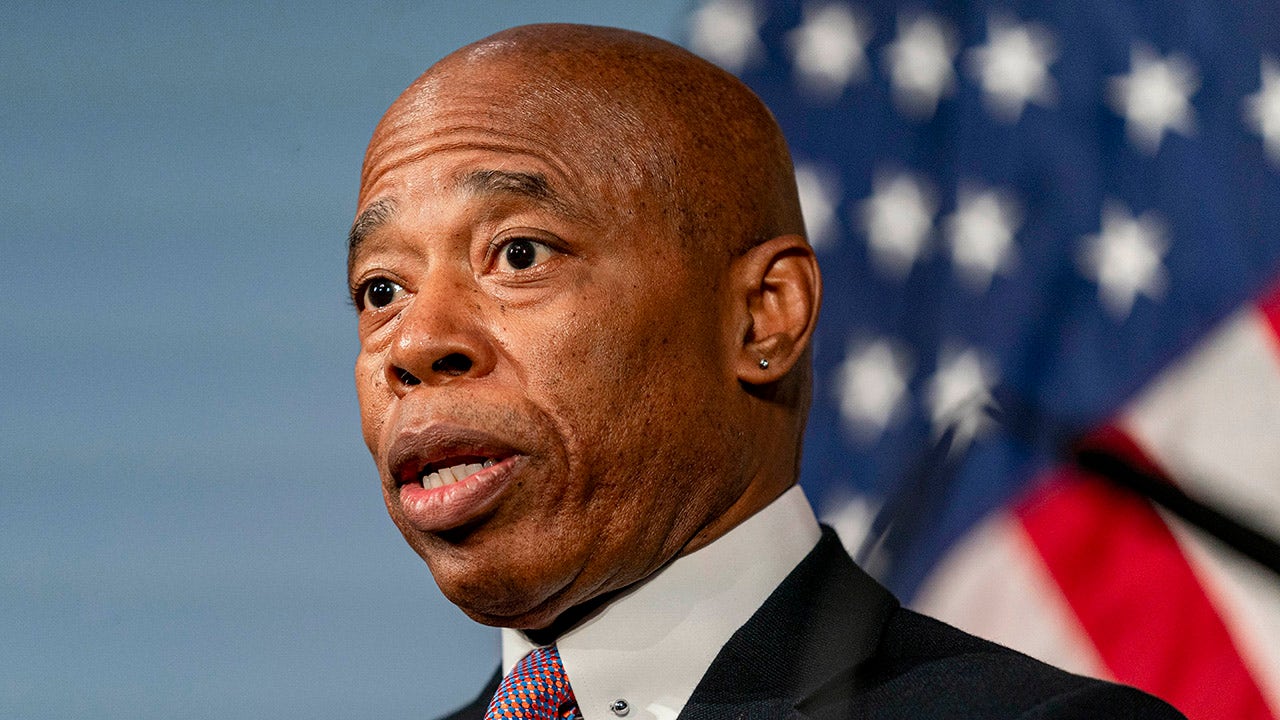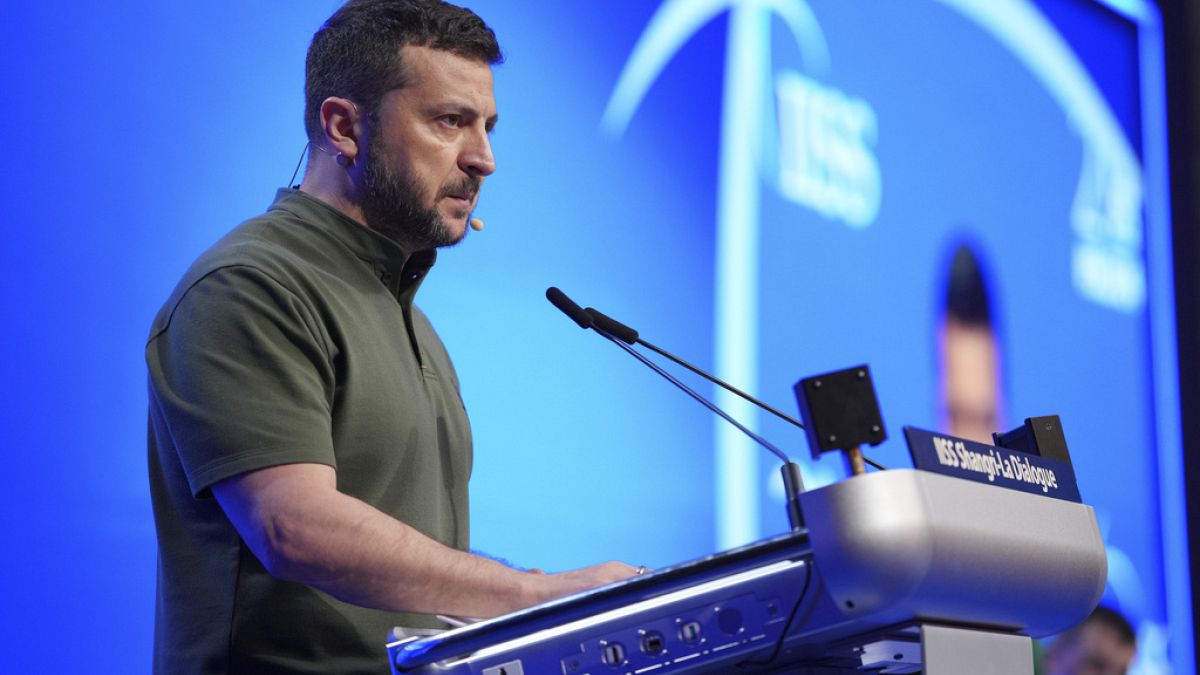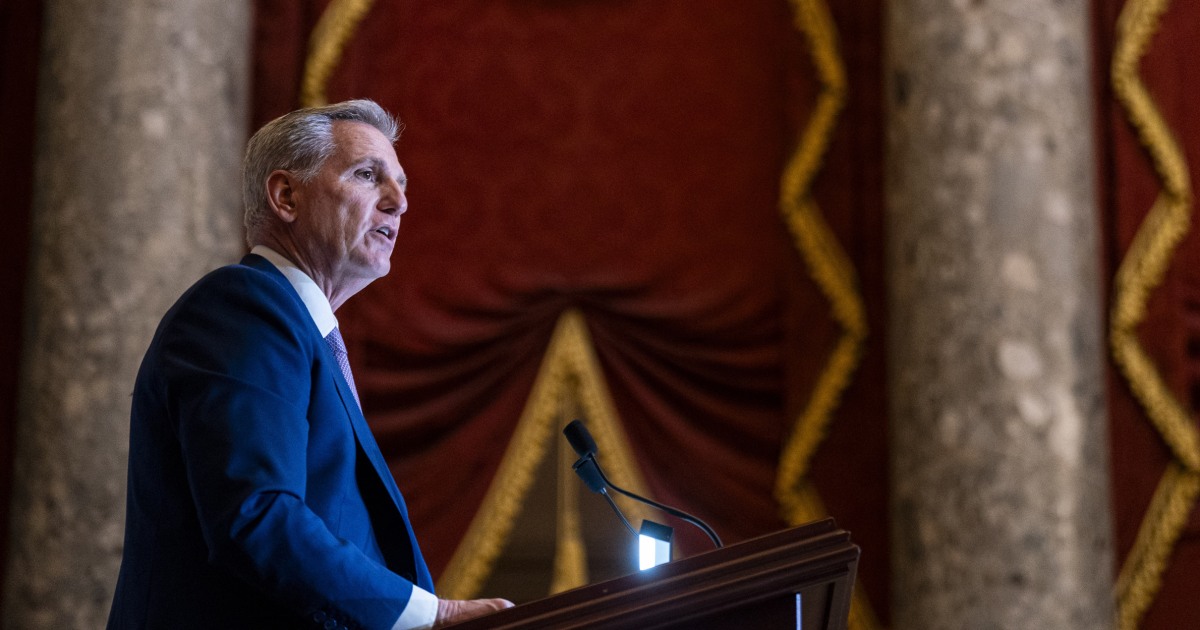Justin Briese 8, holds his father’s flag in one arm as Yellowstone County sheriff’s deputy David Muhlbeier places a hat on Justin’s head. The hat is like the one Justin’s father David Briese was issued as a Yellowstone County deputy. Justin was given the hat at his father’s funeral Thursday in Rockvale.
An Arizona police officer, the son of a Yellowstone County Sheriff’s deputy killed in 2006 while on duty, was himself shot and killed Saturday while responding to an emergency on an Arizona Indian reservation.

Joshua Briese, an officer with the Gila River Police Department, was killed while responding to a disturbance on the Gila River Indian Community on June 1, 2024.
Joshua Raymond Briese had been with the Gila River Police Department for less than a year, and was still on field training when he was fatally wounded while trying to control a crowd on the reservation, according to a statement from the GRPD. One other person was killed in Saturday’s shooting and three others wounded, including a second GRPD officer.
“YCSO is heartbroken and in disbelief upon receiving word this morning of the Line of Duty Death of Gila River Arizona Police Officer Josh Briese, Joshie as many of us called him,” wrote the Yellowstone County Sheriff’s Office in a statement posted to social media Saturday.

In a 2016 file photo, Josh Briese, in front, and his brother Justin, stand along Interstate 90 at a memorial to honor their father, Yellowstone County Deputy David Briese Jr., who died in a crash in the line of duty on Nov. 3, 2006.
In 2006, Briese, his two siblings and his mother mourned the loss of his father, Yellowstone County Sheriff’s Deputy David Briese. The 38-year-old was traveling on Interstate 90 in response to another deputy’s call for help with a suspected drunk driver who was being combative. Just east of the King Avenue West on-ramp, his cruiser went off the road. David Briese died in the crash.
People are also reading…

Yellowstone County Sheriff Mike Linder speaks at a ceremony to unveil signs honoring Yellowstone County Sheriff’s Deputy David L. Briese Jr. along Interstate 90 on Friday, November 3, 2017. Because of the weather, the ceremony was held at the Yellowstone County Jail.
Prior to becoming a YCSO deputy, Briese had served with Big Horn County Sheriff’s Office and as a detention officer in Yellowstone County Detention Facility. The intestate from mile marker 445 to 451 has since been named the David L. Briese Jr. Memorial Highway. Ten years after the death of his father, a teenage Joshua Briese was among those present to remember him in a ceremony next to I-90. Before moving to Arizona, Joshua graduated from Billings West High School in 2020.

David Briese
“All we can say is God Speed and rest easy,” YCSO said. “Knowing Dave and Josh are together again, both left this world serving their community and doing what they loved.”
Saturday’s shooting remains under investigation by the GRPD and the FBI, according to the department’s statement announcing the death of Joshua Briese. GRPD did report that early Saturday morning, Briese was one of several officers who responded to a disturbance at a home in the Gila River Indian Community. The reservation is just south of Phoenix and home to the Pima and Maricopa tribes. The GRPD serves as law enforcement on the reservation.
“As the responding officers worked to address the disturbance, which involved a large crowd, multiple gunshots were fired,” GRPD stated regarding Saturday’s shooting.
The four others who were injured in the shooting were taken to local hospitals. As of Saturday afternoon, per GRPD, the second wounded officer was in serious but stable condition. As of Saturday evening, the department had yet to announce whether any arrests had been made.
“Our hearts and prayers are with these police officers, their families, and everyone impacted by this tragic incident,” GRPD said.
The head of the Gila River Indian Community’s government, Gov. Stephen Roe Lewis, published a statement saying local officials will coordinate closely with the GRPD and FBI throughout their investigation. The reservation’s hospital mobilized a crisis counseling team for those impacted by Saturday’s shooting. While the investigation is still ongoing, Lewis said his administration’s focus will be on healing.
“Nothing cuts deeper than a life cut short,” he said.
The announcement of the death of Briese spurred thousands of messages online offering condolences to his family. Along with Gov. Lewis, law enforcement agencies across Arizona shared statements honoring Briese, among them the Navajo Police Department and the Arizona Department of Public Safety.































